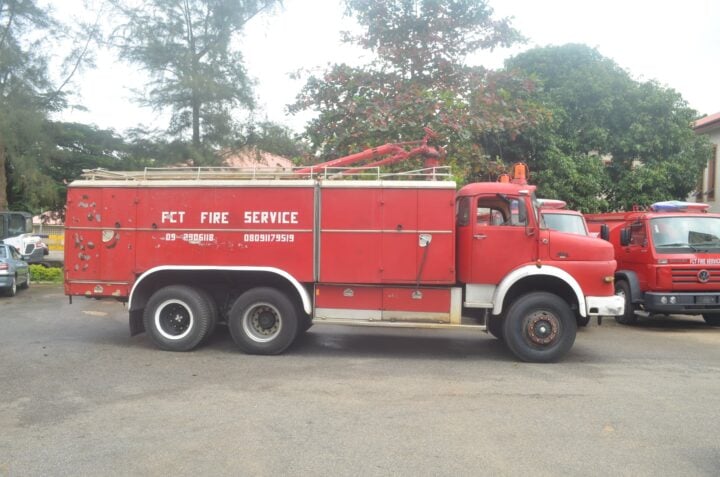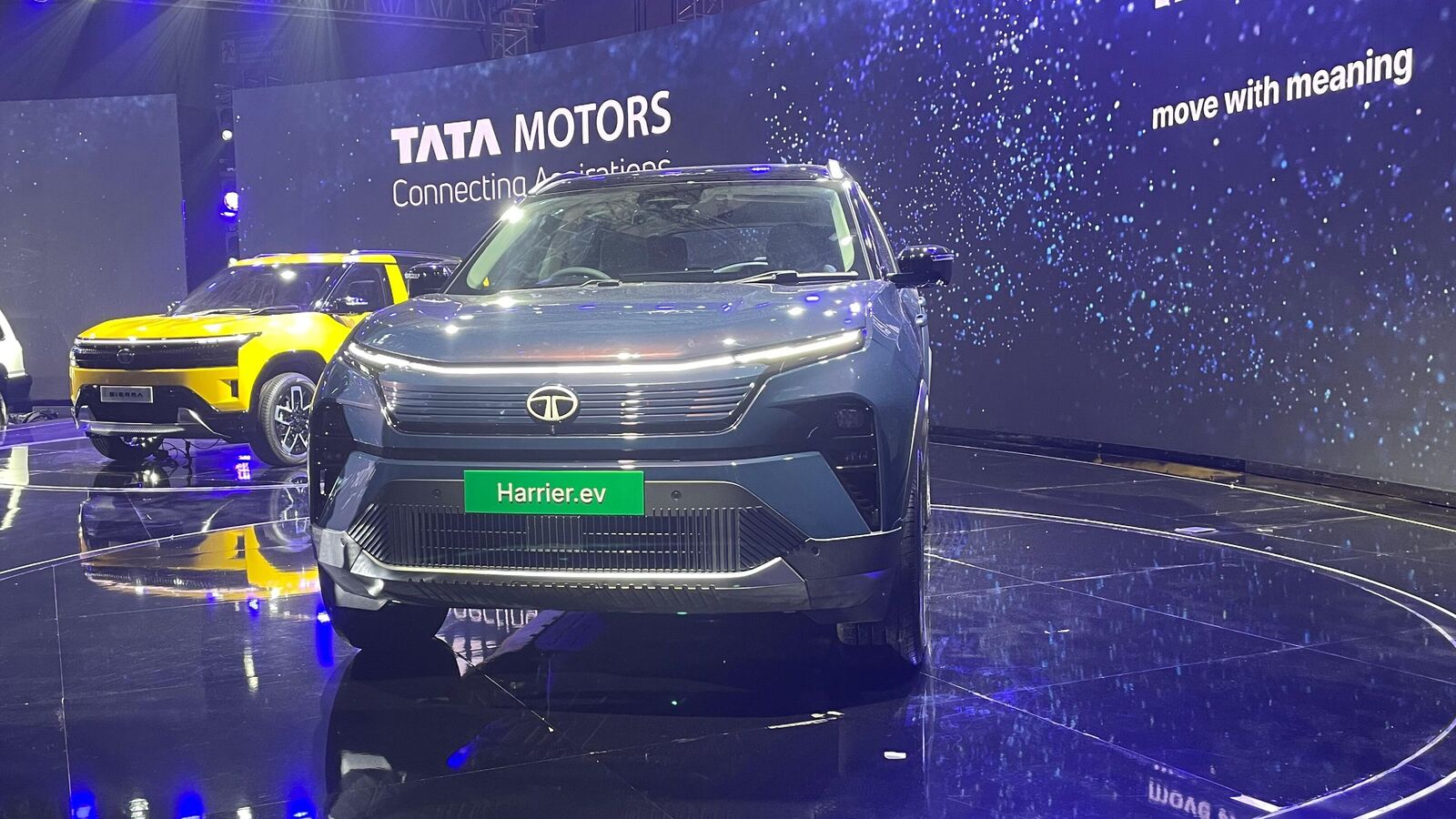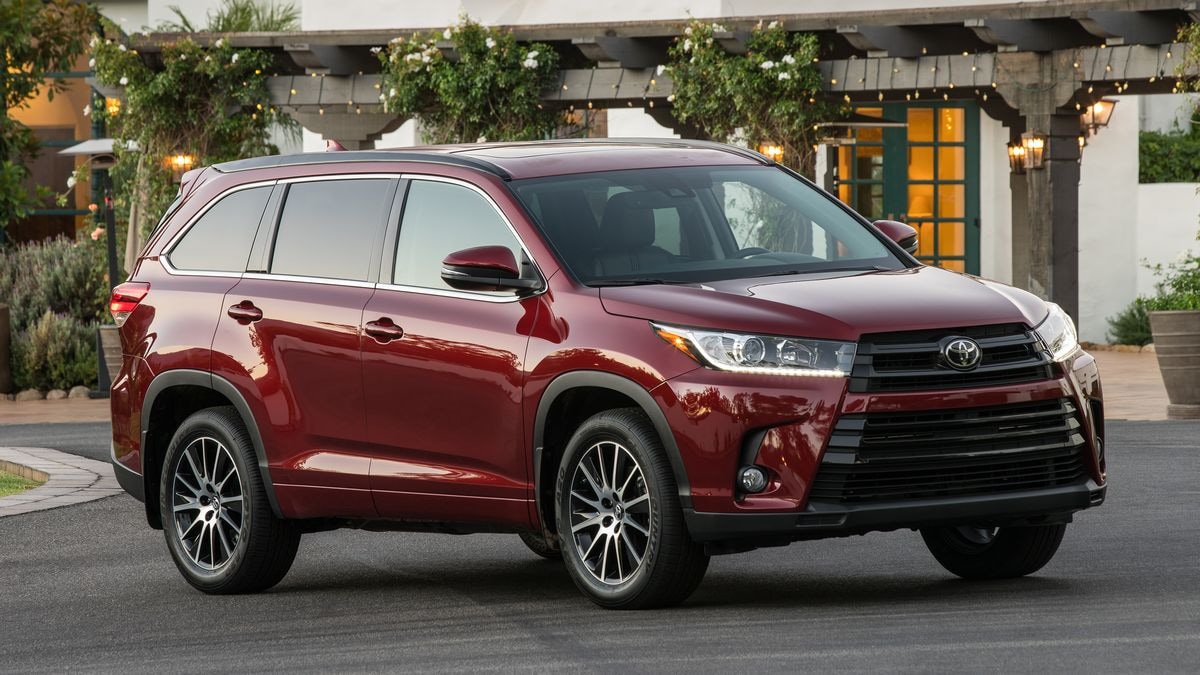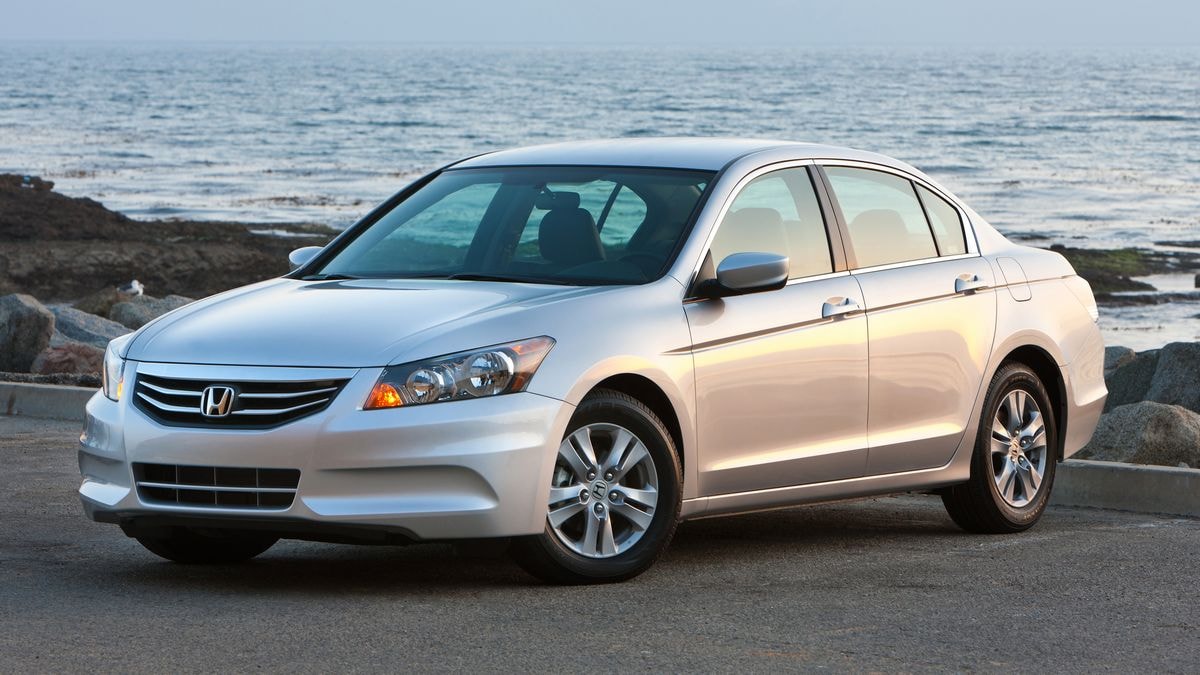4WD has its advantages in a snowstorm, but there's something else you need to consider...
A trip out of Calais down France's A26 any time from Christmas to Easter will put you in a convoy of UK plated cars with ski boxes on the roof. Very many of them will have AWD. Too many will come back with body damage. See, 4WD will get you up a mountain better than 2WD. Double the traction. But it’ll make not the slightest difference to how you come down. Exactly the same braking ability. Or lack of it.
You’ll notice your ski guide turns up at the bottom of the lift in a careworn Renault Kangoo not a shiny Audi Avant quattro. That’s not just because you don’t pay them enough. Look. They’ll be on winter tyres, which are more critical in snow than 4WD.
Advertisement - Page continues below
Remember, traction – or rather longitudinal grip – is a two way thing. It applies in the positive and negative direction. Positive is the traction, and negative is the braking. Your summer tyred 4WD might make you feel smug on the uphill. It has doubled its positive longitudinal grip versus a 2WD car by the simple expedient of having double the wheels sharing the load. But its negative grip hasn’t improved one bit because you always had four wheel brakes.
Obviously once you’ve put your chains on – you did bring chains? – it doesn’t matter what tyres you’ve got. But when the snow has mostly melted and you’ve taken the chains off again, there will always be icy or snowy patches that didn’t melt because they’re under trees or on bridges. Then you’ll want all the braking you can muster.
Of course, away from the bliss of a winter holiday and back on Britain’s greasy winter roads, 4WD can make you feel invincible accelerating out of a slow corner or roundabout, giving you the impression the surface is less slippery than it is. Again beware, because you might discover when you have to brake suddenly that you’re actually wholly vincible.
Even when it’s dry but on the shivery side of about 7°C, the rubber compounds in winter tyres will improve grip. Their tread deals better with mud and rain too. That said they tend to corrupt the steering slightly and add a bit of shimmer to the ride. Still, from a safety angle they’re well worth the money. And anyway having a set costs less money overall than you might think. That’s because for every day your car is on winter tyres, its summer set are sitting in your shed not wearing out.
Advertisement - Page continues below
Get all the latest news, reviews and exclusives, direct to your inbox.












